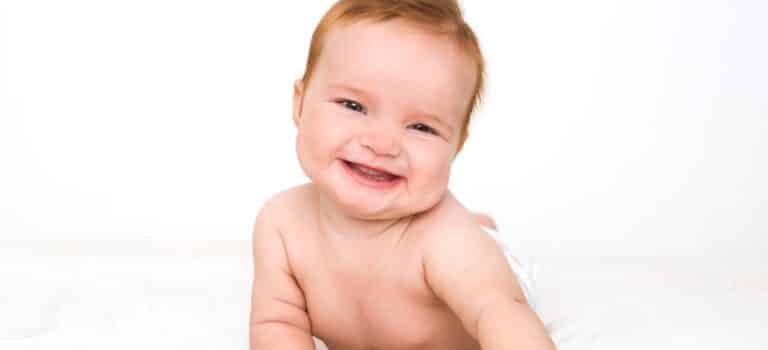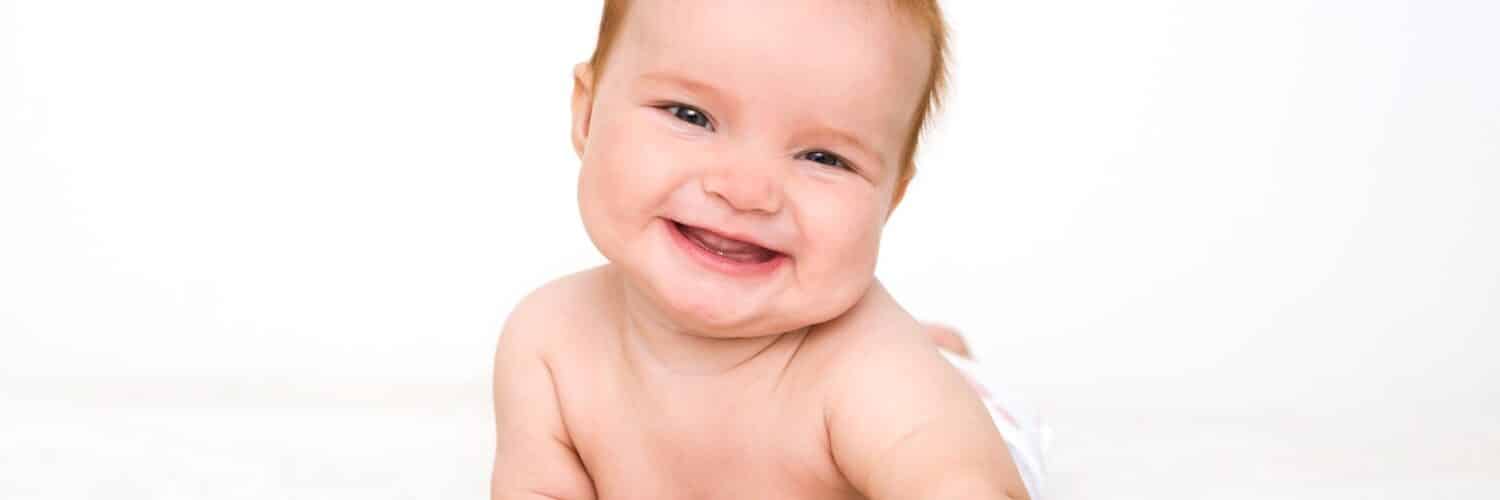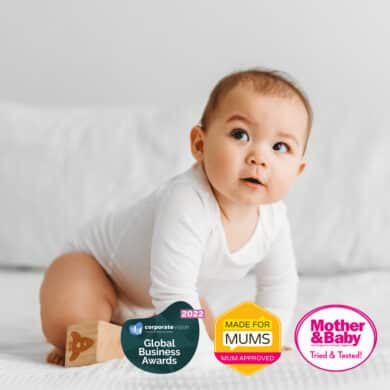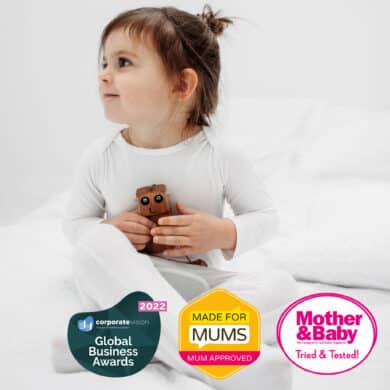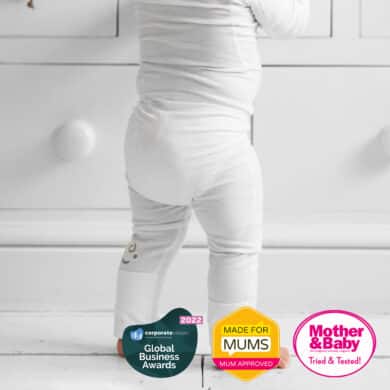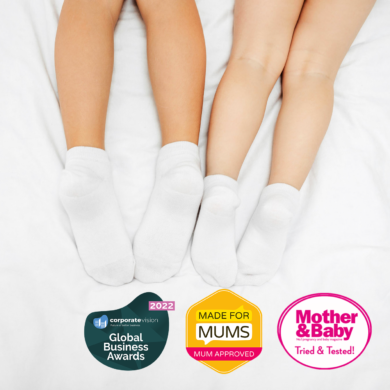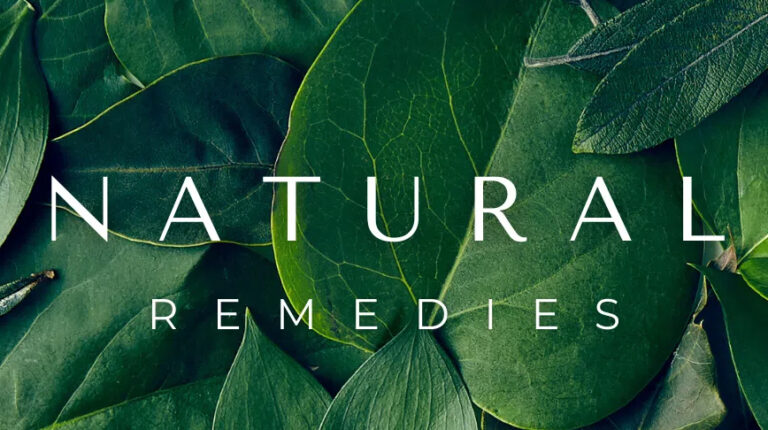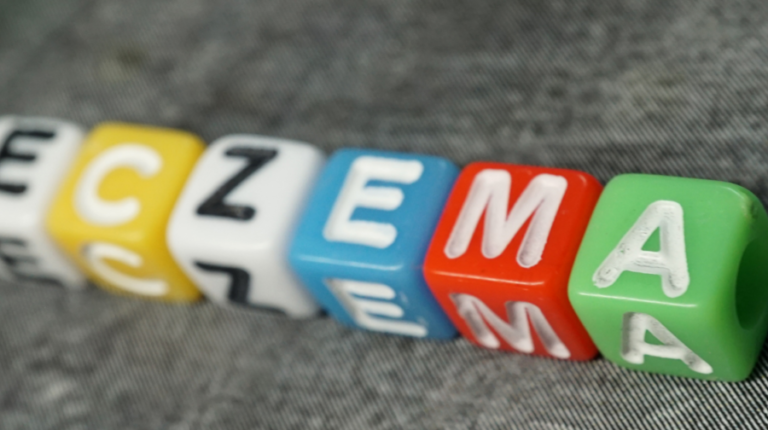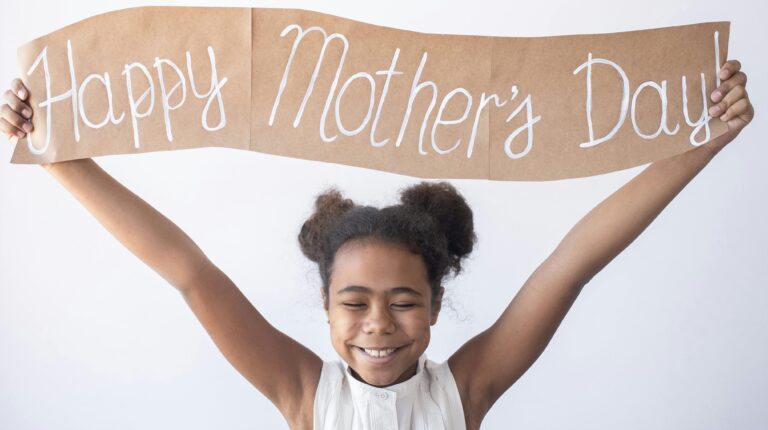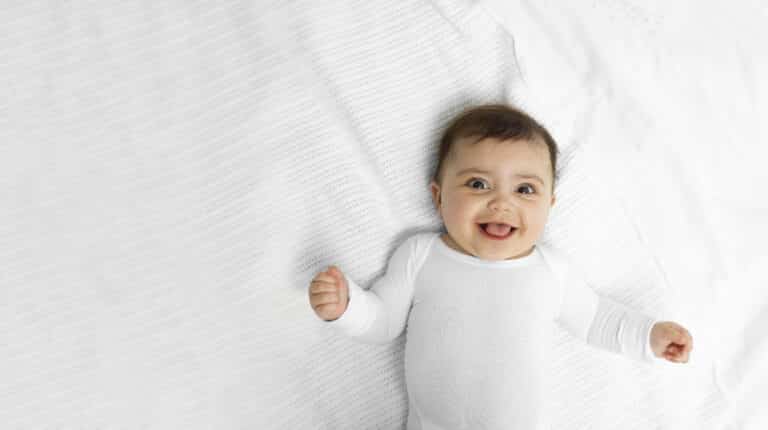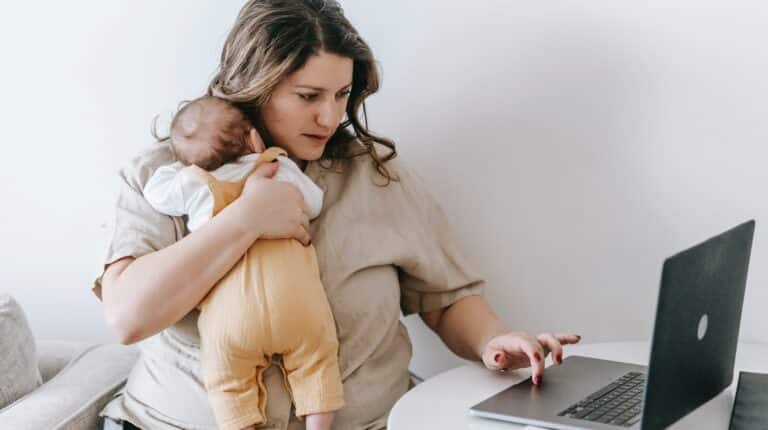
What is eczema?
We often get asked – what is eczema? Well, atopic eczema (the type of eczema that babies and children usually suffer from) is an itchy, inflammatory skin condition. It’s more common in children, with between 70 and 90% of cases occurring before five years of age, and most cases developing before the child’s first birthday. However, atopic eczema may also develop for the first time in adults.
Eczema isn’t contagious, so your child didn’t catch it, and they can’t pass it onto anyone else.
It’s a chronic condition, which means that your child will likely have it for the long term, and there is no known cure.
However, ‘chronic’ doesn’t mean that it will never improve – in fact some children eventually grow out of eczema entirely. And whilst there is no real cure for atopic eczema, there are many treatments that can significantly improve the appearance and symptoms of the condition.
What’s the medical term for eczema?
The medical term for atopic eczema is atopic dermatitis. This is the most common type of eczema in the general population and is particularly prevalent in children.
Our products
The effects of eczema on children
The constant itching and scratching can be extremely irritating for young children, particularly those who are at an age when they have to rely on their parents to soothe the itching and ease their discomfort
But as children get older and start school, having eczema not only affects their skin but can also negatively affect their mental health and those youngsters living with atopic eczema are more likely to suffer with depression and anxiety, as well as:
- subject to bullying behaviour
- social exclusion and ultimate withdrawal
- irritability and anger
- sadness and hopelessness
- frustration
- outbursts and / or crying
- difficulty concentrating
- low energy and tiredness
Children living with eczema can also experience changes in their behaviour, with nearly 30% of children with atopic eczema experiencing sleeplessness for five or more nights a week.
Children living with eczema are also more likely to develop attention deficit hyperactivity disorder (ADHD).
Add to this, there are many activities that some children with eczema cannot partake in, most notably swimming and they may not be able to have any childhood pets due to the reaction they could possibly have to animal fur / hair.
Their lifestyle can also be limited in terms of what they can wear, where they can go on holiday and staying outside of the family home, with friends, for example. And, of course, if a child’s life is negatively affected by eczema, then it goes without saying that their parent’s lives will be too.
More on Research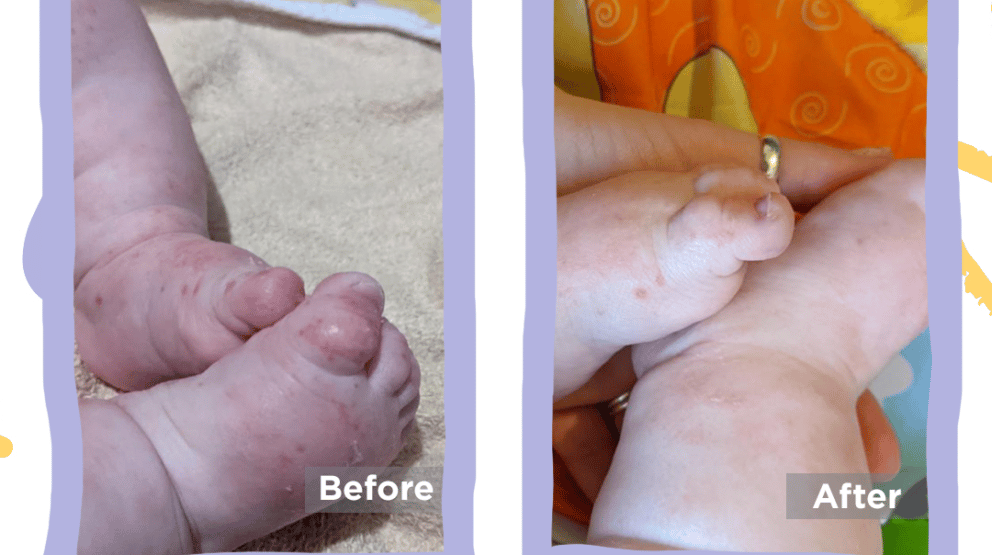
What parts of the body do children get eczema?
Atopic eczema can affect any part of the body, but in children it most often affects the hands, face, scalp, and creases on inner elbows and knees.
Eczema tends to affect babies and children differently depending on their age.
How to tell if your baby has eczema?

Designed to bring them comfort
For maximum comfort, the garments include off-set, flat seams to ensure minimal irritation.

Healthy skin is HappySkin®
HappySkin is a range of base layer clothing, which are designed to be worn next to the skin.

Protection for your little ones
HappySkin forms a next-to-skin barrier to provide protection against skin irritants often found in washing detergents, which can lead to further irritation.
Below is the list of classic symptoms of eczema by age below:
Symptoms of eczema in young babies (under six months)
If your baby is under six months old, eczema is likely to be most noticeable on their face, particularly their cheeks, forehead and chin. The skin looks red and weepy at this young age. As babies tend to dribble a lot, the area around their chin can become quite sore.
The rash can spread to other areas of your baby’s body, and seborrheic dermatitis (cradle cap) can also appear on the scalp.
Symptoms of eczema in older babies (between six and twelve months)
If your older baby is suffering from eczema, the worst affected areas are likely to be their knees and elbows.
Babies usually learn to crawl between six and twelve months of age, and these areas suffer from friction – rubbing along the floor as your baby moves. Due to this repeated friction, it’s fairly common for the rash to become infected, often forming a yellowish crust.
Symptoms of eczema in toddlers and young children (under five years old)
In toddlers, atopic dermatitis tends to present as red patches with small bumps, frequently affecting the face – particularly the mouth and eyelids.
It’s also common for skin around the creases in elbows, knees, wrists and ankles to look quite dry and scaly. The skin can become so dry that cracks begin to appear, and these can become infected. This thickening of skin is called ‘lichenification’.
Children aged five years and older
Eczema in older children tends to be less noticeable. Often, only their hands will be affected. If eczema does appear elsewhere on their body, it’s often characterised by itchy, red patches behind ears, feet, and sometimes on the scalp.
In relation to the scalp, many people mistakenly believe that cradle cap (seborrheic dermatitis) only affects infants. In fact, people of any age can suffer from this condition, it’s just more common in babies.
Do genetics cause eczema?
Studies by the National Eczema Association show that people of all skin colours, races and ethnicities can be affected by eczema. The percentages of each ethnic background who suffer from eczema are listed below.
- White – 11%
- African American / Black – 10%
- Asian or Pacific Islander – 13%
- Native American – 13%
There has been a great deal of research into the cause of eczema, which shows that it appears to be caused by a combination of both genetic and environmental factors. Evidence of mutations in several genes were found in multiple studies, and these mutations may determine the likelihood of eczema developing.
A child with a parent or sibling who has eczema will have a much greater chance of also developing the condition. However, a family history of eczema does not guarantee that your child will have it too.
Eczema is not solely caused by genetics, though. Environmental factors such as diet, detergents and soaps are also a determining element in whether or not your child will develop the condition.
Is eczema gender-related?
Whilst eczema can equally affect boys and girls, a study by doctors at Southampton University Hospital has shown that the condition is gender related.
The study, which was published in the Journal of Allergy and Clinical Immunology, showed that a child’s risk of developing an allergic disease such as asthma or eczema doubles if a parent of the same sex has suffered from it.
Maternal eczema was shown to lead to a 50% increased risk of eczema in girls, whilst paternal eczema led to the same level of increased risk for eczema in boys.
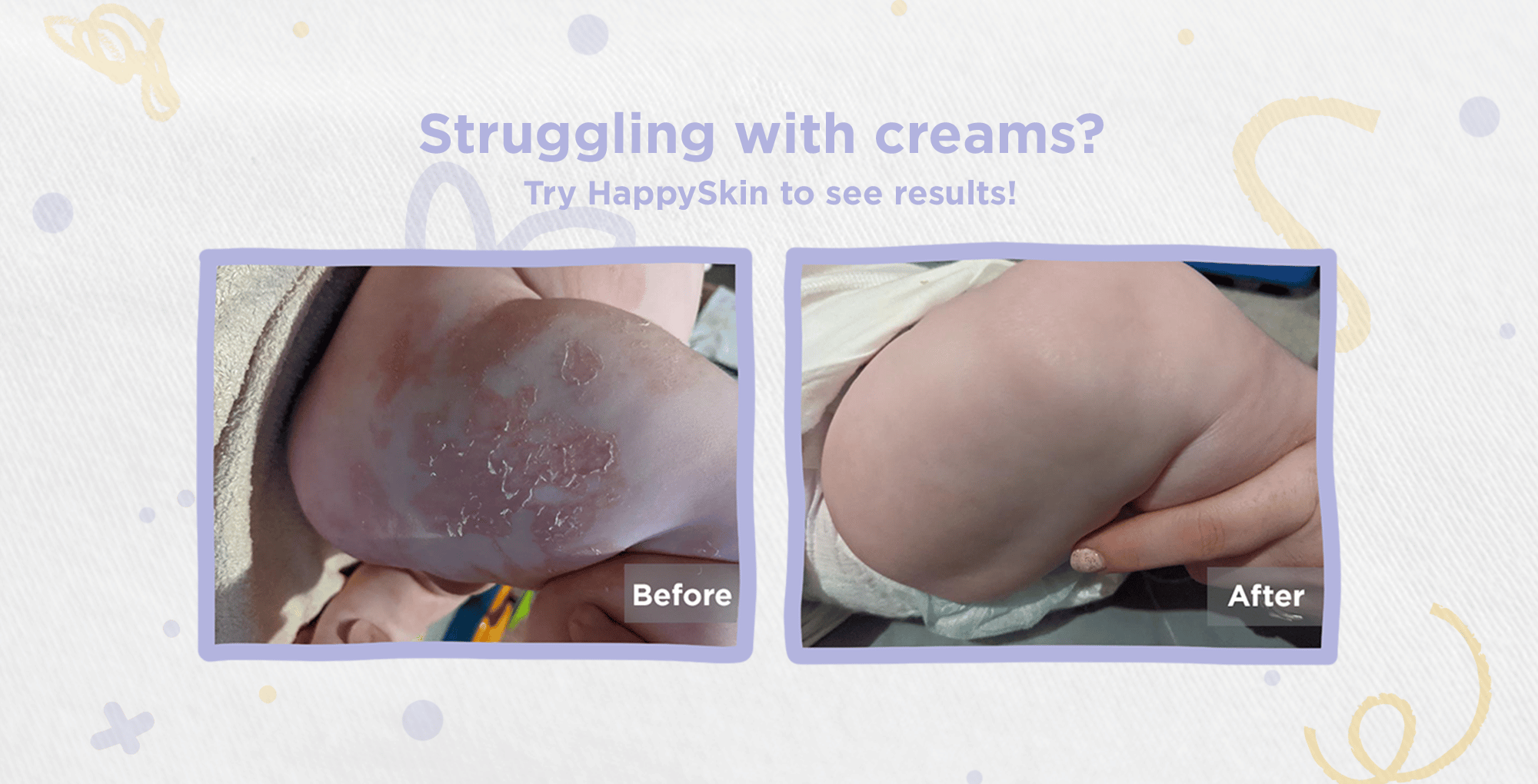
How is eczema diagnosed?
There is no specific test that is used to diagnose your child with eczema. Your GP will take a look at the rash and ask about their symptoms, past health, and previous history of atopic conditions within the family.
After ruling out other inflammatory skin conditions, your GP may refer you to a dermatologist or sometimes an allergist.
You may be asked to eliminate some foods from your child’s diet. These can include eggs, milk, soy or nuts, for example. They might also ask you to try changing your washing detergent or soap, to see if your child is having a reaction to a product that you’re using.
Watch our video about the top signs of sensitive skin and read more information here.
Times of the year when eczema can get worse
It’s common for eczema to improve in the summer months due to exposure to sunlight and get worse in the winter when the weather is cold and damp. Central heating can also cause your child’s skin to dry out faster than usual.
During the winter months, it’s especially important to take preventative measures such as moisturising your child’s skin and dressing them in eczema friendly clothing.
Medical treatments for eczema in children
If you’ve tried to identify and avoid skin irritants, ensured that your child avoids extreme temperatures and kept their skin moisturised, with little success in treating their eczema, you should visit your GP if you haven’t already.
There are a range of prescription medications to treat eczema in children, and we’ll discuss them all here.
Emollients, steroids and antibiotics
Your doctor will often prescribe emollients as the first-line treatments for eczema during both acute flares and remissions of the condition.
Another often used treatment is topical steroids, which should be considered for red, inflamed skin. As topical steroid use has several potential side effects, it’s best to use the lowest strength and amount of topical corticosteroid necessary to control your child’s symptoms.
Severe itching is a huge problem for many eczema sufferers. If your child is suffering from persistent itching, your doctor may prescribe a trial of a non-sedative antihistamine. If the itching is affecting their sleep, a short course of sedating antihistamines may be considered.
Oral corticosteroids might be prescribed in the case of severe, extensive eczema, which covers a large area of your child’s body. And if the eczema is weeping or crusted, your GP may prescribe antibiotics, particularly if your child has a fever.
Therapies for eczema in children
As well as prescription medications, there are several therapies that can be used to treat children with eczema. Let’s take a look at the most effective ones.
Wet wraps for eczema
If your child is suffering from a particularly severe eczema flare-up with relentless itching or pain, you could try using wet wrap therapy.
Wet wraps work by attempting to retain moisture within the skin.
Parents who use wet wraps generally use them in the evening, after their child has had a bath. They apply topical steroids or creams to their child’s still damp skin, and wrap clean, damp bandages over the top. They then put dry bandages over the damp ones and dress their child for bed.
Whilst providing a physical barrier so that children cannot scratch their skin, the proven effectiveness of wet wrapping is limited. The procedure is also time-consuming and very messy to apply and can be very uncomfortable to sleep in. Wet wraps can also cause your child to be too cold during the night, due to the wet bandaging being in contact with the skin, or alternatively too hot, when the bandaging has dried out in the morning.
Your dermatologist can show you how to apply wet wraps at home if you’d like to try this treatment.
Light therapy for eczema
Light therapy is often used for people with eczema whose skin does not improve with topical treatments, or whose skin tends to flare up again soon afterwards.
Light therapy for eczema, also known as phototherapy, involves exposing your child’s skin to controlled amounts of UVA or UVB rays. This can be done alone, or in combination with other medications.
It’s important to talk to your doctor about the pros and cons of light therapy. It can have some harmful effects, which include premature skin aging and a greater risk of skin cancer. It’s therefore not commonly used in infants, but can be an effective treatment in older children.
Counselling, relaxation and behaviour modification
Your child’s skin condition may cause them to feel embarrassed or frustrated, and it could help them to talk with a counsellor about how they are feeling.
There are also various relaxation and behaviour modification therapies that may be helpful for children who scratch habitually.
HappySkin clothing for children with eczema
HappySkin is a clothing range coated with DreamSkin technology.
This unique coating technology soothes and protects your child’s dry, sensitive, eczema-prone skin. It does this by reactivating the nerve endings below the skin’s surface that switch off when the skin is damaged and kick-start the skin to function in a normal healthy manner which enables the skin to regulate moisture levels and therefore normalising the skin’s functionality once more thus controlling your child’s temperature once again, so it’s not too hot or too cold.
Combined with the fact that HappySkin eczema clothing doesn’t have any annoying seams to cause friction, this keeps children more comfortable during the day and, of course, during the night, when they will sleep much more soundly!
Additionally, the special DreamSkin coating on HappySkin clothing forms a protective layer. This prevents irritants, such as those found in laundry detergents, from sticking to the fabric and aggravating your child’s sensitive skin.
Unlike wet wraps, HappySkin is not messy and so time consuming to use and of course is comfortable to wear.
HappySkin garments must be in direct contact with damaged skin and work best when paraffin based ointments are NOT present on the skin to block the unique coating from touching the damaged skin.
Compared to standard treatments such as creams and ointments, HappySkin garments are quick and easy to use, taking no time at all – simply get your child dressed in their HappySkin garments instead of their usual clothes. And unlike traditional medication, HappySkin clothing can be purchased without a visit to the doctor.
More importantly, there is never any danger of overdosing. In fact, keep your child in their HappySkin garments as long as possible, especially in the first few days when the inflammation is at its worst and until the skin has normalised.
All HappySkin clothing is completely natural with no strong chemicals. It’s vegan-friendly and cruelty free and is packaged in fully recyclable materials.
The clothing range includes everything from infant bodysuits to tops and leggings for children of all ages – everything you need to protect your child’s sensitive skin and keep eczema at bay. To read more about our in depth and scientific guide to – what is eczema.
For more information about HappySkin clothing, please do not hesitate to contact our team by emailing hello@happy-skin.com.
Free Advice on Eczema
Are you tired of not getting the correct information you need for little one’s eczema? Having tired endless amounts of creams, ointments and steriods that just don’t work!
Here at HappySkin we don’t want you to feel alone in your journey. Which is why we offer a free 1-1 telephone consulation with our resident skin expert.
We will go through your daily rountine to help evaluate your current regime for soothing eczema and share information on why and how our technology works compared to 50 years old tradition methods of using over the counter creams or prescribed steroids.
Click here to book your free call
